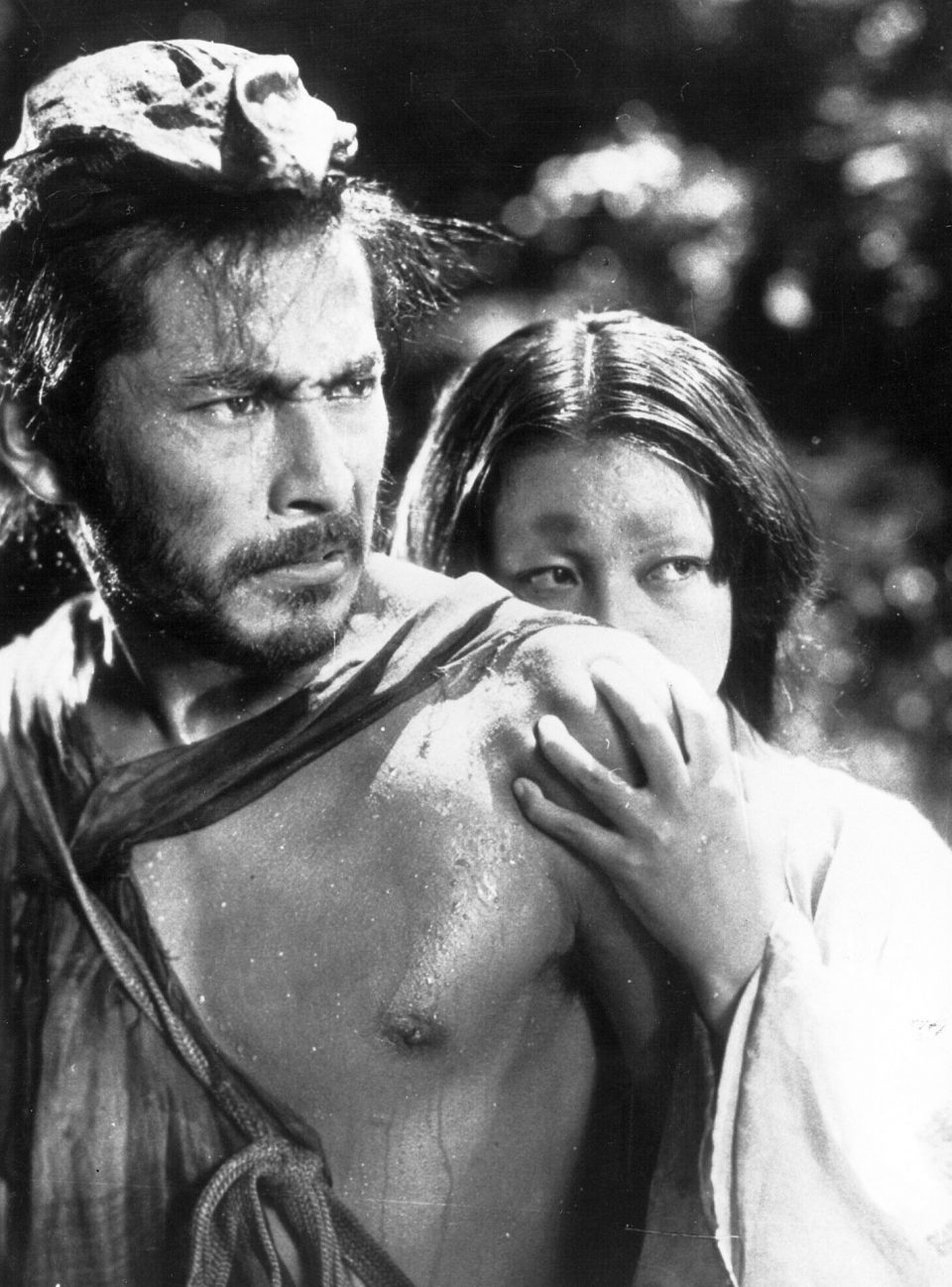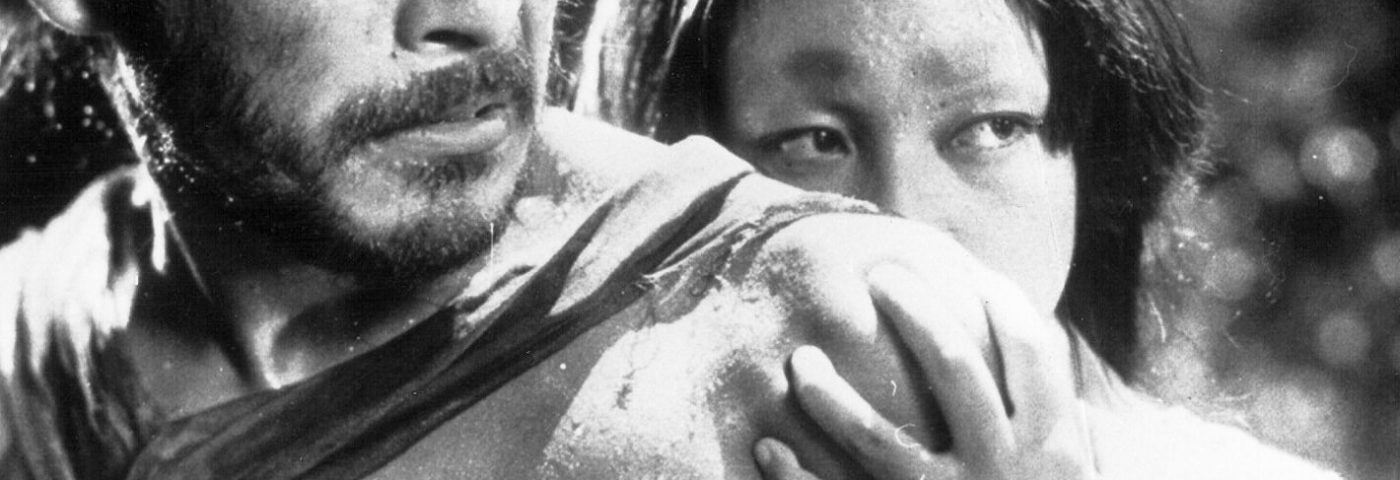Rashomon (1950) might have been just a concept film — a fascinating idea trapped inside a mediocre movie. Instead, director Akira Kurosawa gave us a film that’s equally rich in character and imagery. It was so successful, the title became synonymous with its plot device, that four witnesses could recount radically different versions of the facts. Another director might have steered us toward the conclusion that one of the four versions is the true version. Kurosawa strives for a deeper understanding, that we inevitably filter reality through various psychological, social, and religious prisms.
While much is made of Rashomon’s inspired depiction of subjective truth, you rarely read about its other innovations. Compared with his previous efforts, including Drunken Angel (1948) and Stray Dog (1949), Rashomon represents a significant shift in Kurosawa’s approach to filmmaking.
In Something Like an Autobiography, Kurosawa explained how he wanted to recapture his childhood enthusiasm for film as a purely visual medium:
Since the advent of the talkies in the 1930s, I felt we had misplaced and forgotten what was so wonderful about the old silent movies. I was aware of the aesthetic loss as a constant irritation. I sensed a need to go back to the origins of the motion picture to find this peculiar beauty again; I had to go back into the past.
In particular, I believed that there was something to be learned from the spirit of the French avant-garde films of the 1920s. Yet in Japan at this time we had no film library. I had to forage for old films, and try to remember the structure of those I had seen as a boy, ruminating over the aesthetics that had made them special.
Rashomon would be my testing ground, the place where I could apply the ideas and wishes growing out of my silent-film research. To provide the symbolic background atmosphere, I decided to use the Akutagawa ‘In a Grove’ story, which goes into the depths of the human heart as if with a surgeon’s scalpel, laying bare its dark complexities and bizarre twists. These strange impulses of the human heart would be expressed through the use of an elaborately fashioned play of light and shadow.
The lights and shadows are enhanced by intricately orchestrated camera movements. Much like the camera movements in Sunrise (1927), Rashomon’s camera sometimes follows the characters, sometimes leads the characters, and sometimes moves in opposition to the characters. In Sunrise, the camera movements reflect the husband’s moral hesitation in meeting with the city woman. In Rashomon, the camera movements reflect the viewer’s struggle to find a common path through the four stories.
Kazuo Miyagawa, the film’s cinematographer, carefully mapped out the scenes where the viewer is led through the forest, often at breakneck speeds. Miyagawa broke with cinematic conventions when he aimed the camera directly at the sun as it moved in and out of the trees. The same effect was copied in Hollywood throughout the 1950s and 1960s, both for movies and television. Kurosawa and Miyagawa chose to photograph the Rashomon gate in pouring rain to enhance its bleakness. After running a series of tests and determining the rain wouldn’t be visible, they added black ink to the rain so it could be seen against the gray sky.
This movie improves with each viewing, not because the plot is overly complex, but because it has so much to offer visually, aesthetically, and philosophically.
Rashomon
(1950; directed by Akira Kurosawa)
The Criterion Collection (Blu-ray and DVD)
Wednesday, April 1 at 11:45 p.m. eastern on Turner Classic Movies
I first posted this article here at my Classic Film Review website.

